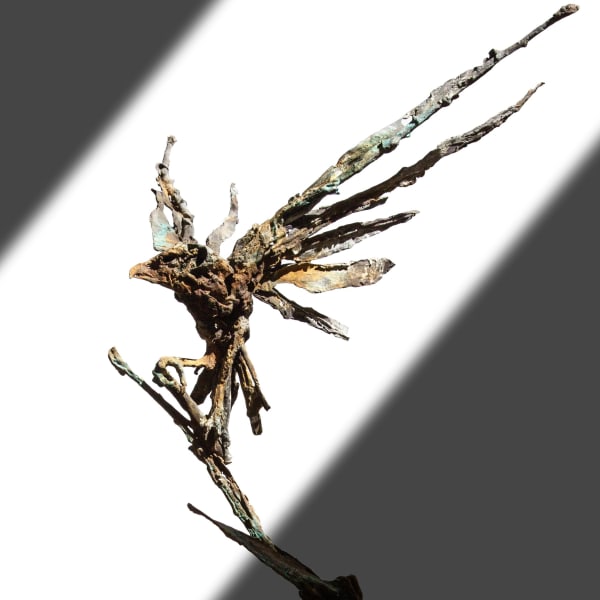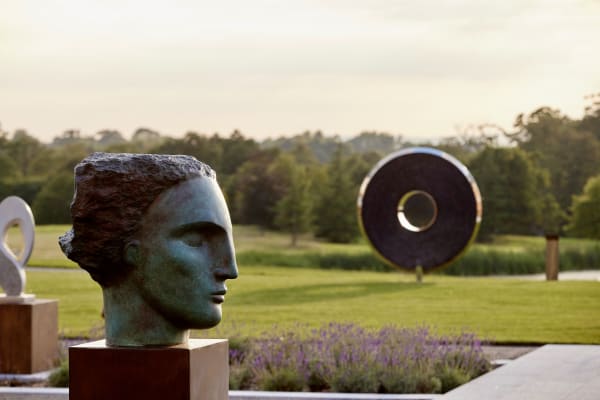Emma Rodgers b. 1974
Rodgers is a UK based international artist who has held several major international public exhibitions. She won the prestigious Victoria and Albert Museum Prize whilst still at University and her work has been featured at the Royal Academy; Collect at the Saatchi Gallery; Lineart at Cork Street Gallery; National Museums Liverpool, and Art Paris at the Grande Palais Paris; she was the National Critics Choice while exhibiting at the Best of British exhibition in Kuala Lumpur and Singapore.
Rodgers has worked in various diverse environments including Marvel films, where she created work for the sets of Guardians of The Galaxy and Avengers Age of Ultron, and she has lectured at The Isaac Newton Institute. She has been commissioned to create several important public sculptures including, ‘Salford Firsts’, as a symbol of Salford's regeneration; a statue of ‘Cilla Black’ which has become a permanent fixture outside the iconic Cavern Club in Liverpool; and a sculpture of ‘Elaine Morgan’, as part of The Monumental Welsh Women campaign to rectify the absence of female statues in Wales.
Rodgers works with many scales and media from small ceramic butterflies to 11 metre high Meccano®️ Liverbirds which stands on the site of the original factory. She aims to push the boundaries of materials which include clay, bronze and steel, often forcing the material to the edge of its elasticity. Her creations are inspired by nature, whether the human figure, flora or fauna and in order to capture a moment, she focuses on movement and energy, whether it be powerful, delicate, tender or disturbing. Rodger deliberately challenges by abandoning solidity of form to focus on realms of suggestion by omission and creating a 'heightened sense of movement or tension, absorbed in the trials and dramas of existence.' (Dr Giles Hansen Sutherland, Art Critic, The Times).
David Whiting, art critic, describes Rodgers work as, “…whilst solid,(it) has at times a gossamer lightness that can make it appear sketched rather than cast or moulded. And the constant genius of her exoskeletal forms is that they always depict what can’t be seen but is transversally present: the life force, the spirit”.
-

Emma Rodgers - Edge of Nature
Carden Park, Cheshire 1 Apr - 1 Jun 2023Winsor Birch is delighted to announce the new selling exhibition 'Edge of Nature' at Carden Park Sculpture Garden, Cheshire. Rodgers creations are inspired by nature, whether flora or fauna. To...Read more -

The Sculpture Garden, Cheshire
PermanentThe Sculpture Garden at Carden Park, curated by Winsor Birch hosts a variety of work by leading sculptors and craftsmen. Set against the breathtaking backdrop of Cheshire’s 1000-acre luxury resort,...Read more


